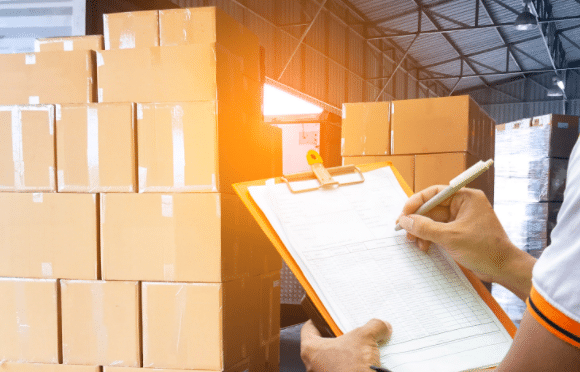Quality inspection is essential for ensuring the use effect of products. Today we’ll cover the basics of product inspection, including purposes, methods, conduction steps, and more.

What is a Product Inspection?
Product inspection is the process of evaluating the quality, functionality, and compliance of a product to industry standards and customer requirements before it is released to the market.
What are the Purposes of Product Inspection?
- Quality control: to ensure that the product meets established standards and customer requirements for quality and functionality.
- Compliance verification: to ensure that the product complies with relevant industry regulations and standards.
- Defect identification: to identify and correct any defects or deviations from specifications before the product is released to the market.
- Risk mitigation: to minimize the risk of product failures, recalls, and liability by discovering potential problems early.
- Cost reduction: to identify and correct problems early in the production process, reducing the costs associated with rework and product defects.
- Continuous improvement: to gather data on product performance and identify areas for improvement in the product design and manufacturing process.
What are the Basic Inspection Methods for Products
- Visual inspection: examining the product for defects or deviations from specifications using the human eye.
- Dimensional inspection: measuring the physical dimensions of the product using tools like micrometers and calipers.
- Functional testing: evaluating the product’s performance and functionality under normal and stressful conditions.
- Sampling inspection: evaluating a portion of the product batch to determine if the entire batch meets specifications.
- Non-destructive testing: evaluating the product without causing damage, such as x-ray or ultrasonic testing.
- Destructive testing: evaluating the product by destroying a sample to determine its strength and other properties.
How Do You Conduct Product Inspections?
Product inspection can be conducted using the following steps:
1) Define inspection criteria: Establish specific standards and requirements for the product, including quality and compliance standards, functional requirements, and customer specifications.
2) Plan the inspection process: Determine the type of inspection methods to be used, the inspection frequency, and the personnel involved.
3) Gather resources: Ensure that you have the necessary tools and equipment, such as measuring instruments, testing equipment, and inspection forms.
4) Conduct the inspection: Use the defined methods to inspect the product, such as visual inspection, functional testing, or dimensional inspection.
5) Document the results: Record the results of the inspection, including any defects or deviations from standards.
6) Analyze the results: Evaluate the data and determine if the product meets the inspection criteria.
7) Take corrective action: If necessary, implement corrective actions to address any issues found during the inspection, such as repairing or reworking the product.
8) Review and improve the process: Continuously review and improve the inspection process to ensure that it remains effective and efficient.